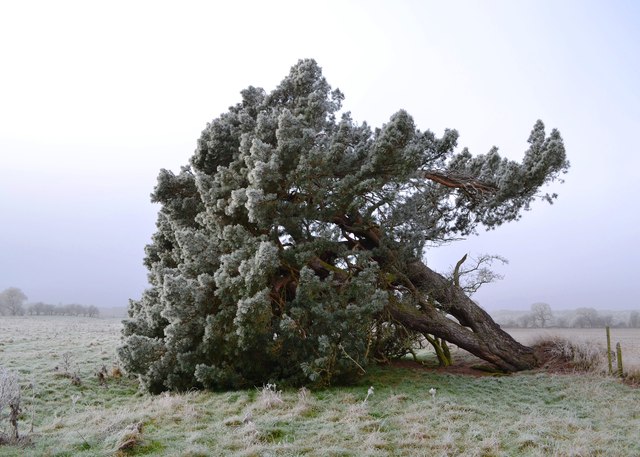The Most Ideal Fruit Trees Do Not Require A Huge Amount Of Your money
Sessile oak, likewise called (Quercus petraea), is a broadleaf tree and is belonging to the UK and much of Europe. There are just a few distinctions compared to English and pedunculate oak; both these types are comparable in look and commonly hybridise with one another. The tree is often planted outside of its natural habitat.
It is a huge deciduous tree and can grow up to a height of 40m. Unlike English and pedunculate oak, the acorns are stalkless. tree stump grinding best local The trunk sits more upright and the branches are likewise straighter with longer leaf stalks than those of the English oak.

As oak's age they form a large crown that spreads right around and establishes thick branches on the lower parts of the trunk. Considering that the tree has a light or open canopy, it permits wild flowers such as bluebells and primroses to grow on the woodland flooring below. Before they mature the bark is very smooth with a greyish brown colour, as soon as grew it ends up being rough with deep fissures.
They have a monoecious reproductive system, indicating both male and female parts are located on the same tree. The green male flowers are catkins, while the female flowers (bracts) are red buds and await lots. As soon as pollinated by wind, the red female buds develop into a big glistening seed with a wooden shell at the base. A young acorn is green however turns brown before falling. The reason it is called sessile oak is since the acorns are not produced on stalks like English and pedunculate oak (peduncles), and instead grow on the outer branches (sessile).
It does not particularly matter which oak animals and insects populate as they all support an abundance of wildlife. More than 280 insects populate the tree which also brings in a number of their predators such as birds. You will typically find mosses, liverworts and lichens growing on the bark of the tree and deadwood fractures provide an ideal habit for roosting bats and nesting birds. Small mammals such as red squirrels, jays and badgers likewise eat the acorns.
As the fallen leaves decay during fall, they develop into a thick mould on the forest floor and in turn supply a good environment for beetles and fungis. One the toughest and most hard-wearing woods understood to guy, it was used for many years, primarily for ship building until the mid-19 century and still stays a great choice for structural beams. Historically, all the main aspects (leaves, acorns and bark) of the tree were thought to treat lots of medical issues such as inflammation, kidney stones and diarrhoea. Today we use it for things like wine barrels, fire wood and floor covering.
A long period of time earlier, acorns were collected by human beings and became flour to make bread. It is a method that passed away out 10,000 years earlier, mainly due to the fact that of domestic wheat production. Now we simply leave the acorns for mammals and birds.There are a high number of oak trees in Britain and they are protected from over harvest. However, there are still many bugs and illness that are impacting them. The foliage can be significantly damaged by the oak Processionary moth which increases the changes of infection from yet more diseases. The moth is likewise a hazard to human health and can trigger issues with breathing along with scratchy skin from the small hairs on its body.
Other diseases affecting the tree consist of chronic oak decrease and acute oak decrease. These conditions are serious risks to the trees health and can be triggered by a number of elements. It was very first given attention back in the 1920s that a large number of fully grown oaks were declining. The most affected are today are central and southern parts of England. You can usually find this by a thin canopy and damaged branches also bleeding cankers on the trunk.
